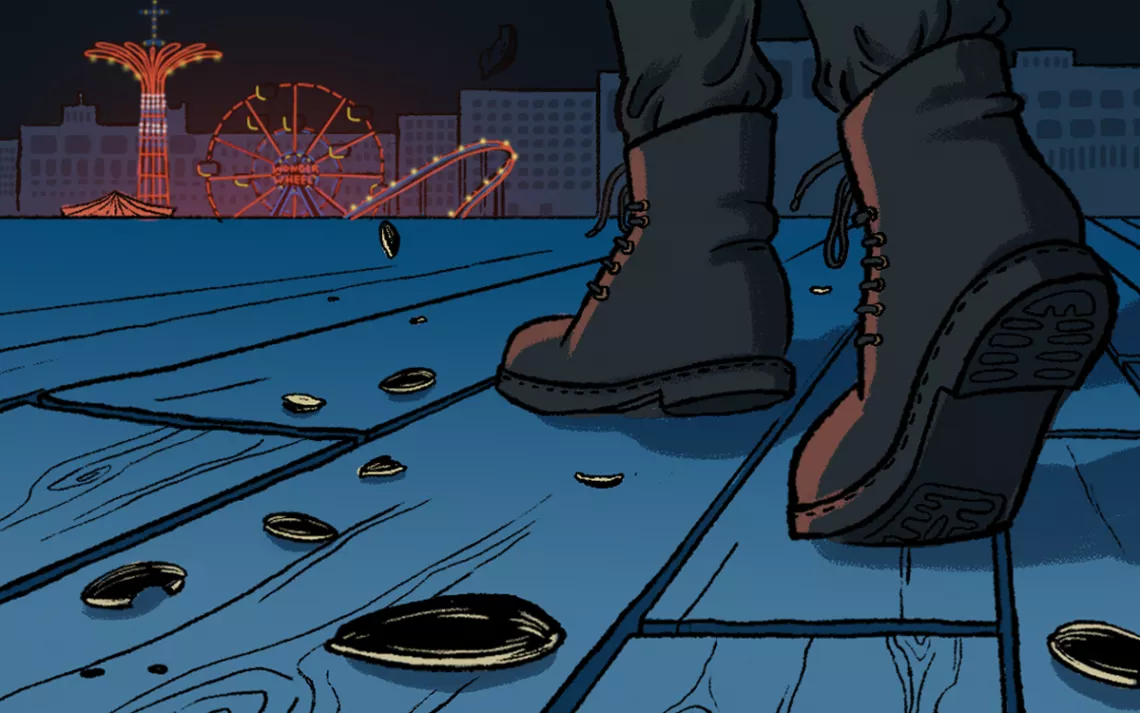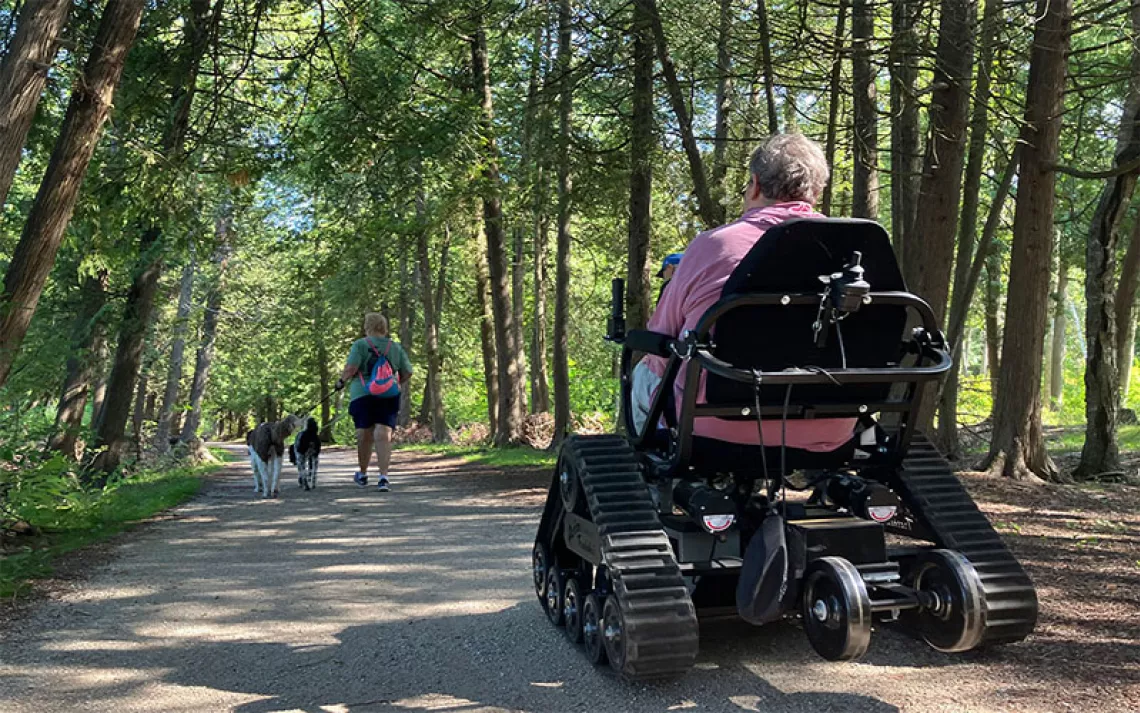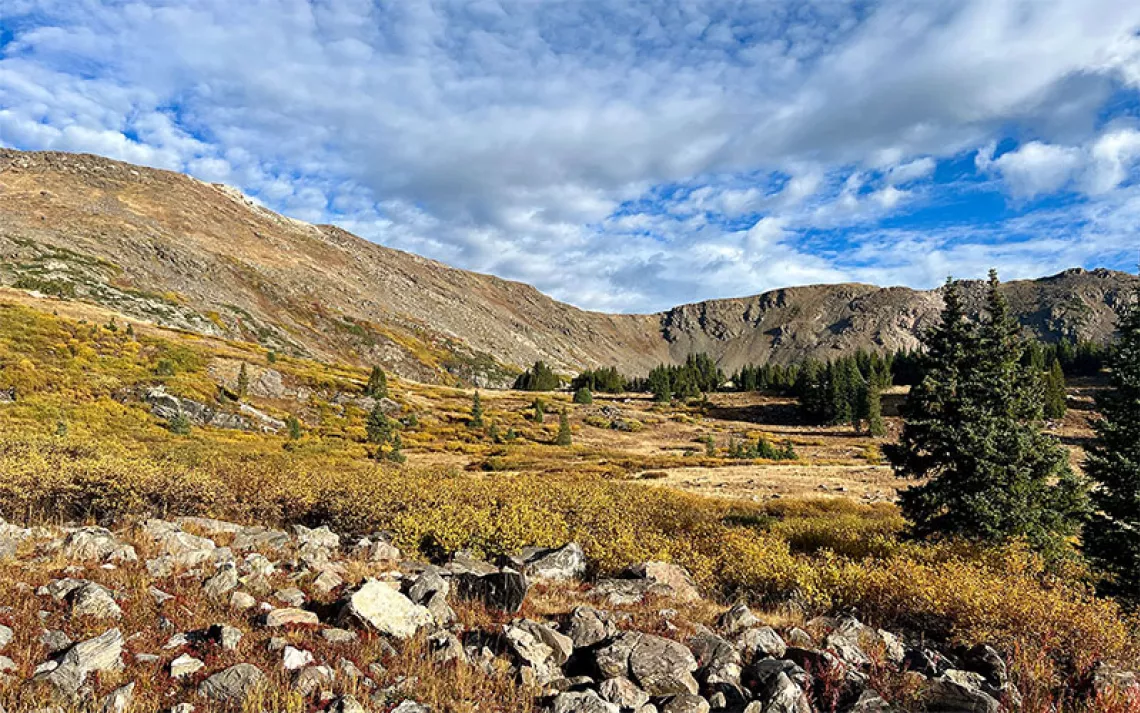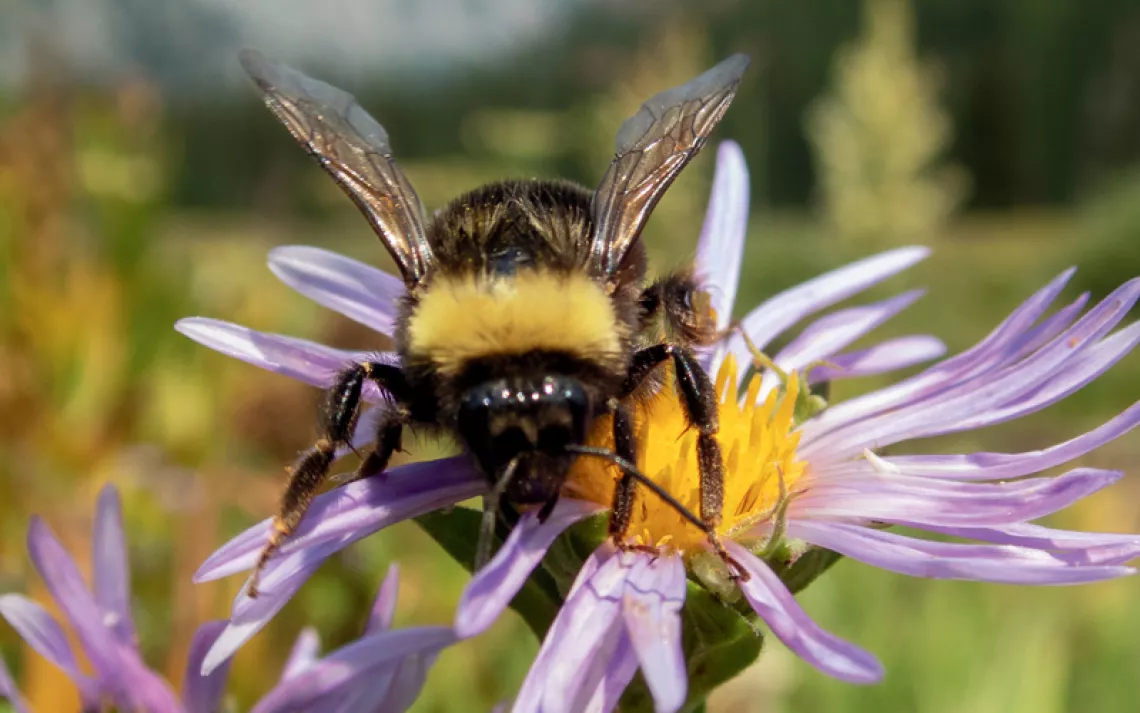Winter Comes to Brighton Beach
In the winter, Coney Island is thoroughly wild, and occupied

Illustration by Shelby Adams
There's an understanding among people who grow up in beach towns: a relationship to place that echoes our relationship to people. All summer, bodies mark the expanse of the shoreline, encrusted with sand, glittering with protective chemicals. The bodies take long walks, sorting through discarded shells left behind by carnivorous birds. They flounce after plastic bags that ride summer's gentle winds toward the water, and often, they give up the chase.
I know the beach is not mine and can never be—who can claim to own a public place, let alone a living piece of land with its own history and purposes? But it feels like it is, which is not so different from love and its seasons.
The bodies of the people who live near Brighton Beach are not separate from the bodies of the visitors—we lie down beside them on ratty towels and perform small intimacies, watching one another for the first signs of redness, sharing a box of sandy strawberries. We're not so different from seagulls in this way, surveying and seeking sustenance. And, like seagulls, or terns, or cormorants, we stay on when temperatures drop and the public retreats.
Coney Island's amusements power down in the winter, trading echoes of screams and laughter for gales that whistle through the rusting bars of roller coasters. Yet it is also the last on the line in a train system that spans New York City, a city that "never sleeps," which makes Coney Island a sleepless sea town.
In the winter, day and night, elderly Brighton Beach residents stroll along the boardwalk, leaving trails of sunflower seeds as they make their fur-clad way over the ancient planks of eroded Douglas fir interspersed with newer imitation boards made of plastic and cement. Young parents jog past them in winterized runners' gear, pushing vinyl-shielded strollers with babies swaddled in terry-cloth blankets. Disaffected youths in flea-market leather and hand-me-down wool coats trudge down to the water and climb rock jetties. They share this ritual with roaming packs of drunken men in Soviet bomber jackets who brace themselves against the burning cold and share bottles of Colt 45 or Grey Goose. The youths climb over the evidence of these men: aluminum empties, broken glass, bits of dry fish and chicken bone.
I was one of those youths decades ago, a teenager dressed in wintry black and combat boots. I had no other natural world. I didn't know the names of trees. When blizzards blanketed the sand with snowfall, I spent the evenings with my downstairs neighbor, dressing up and tramping through knee-high snow in nylon stockings until the sky, ocean, and ground seemed all one thing, surrounded by the hush of waves. Constellations were obscured by light pollution, so we never learned star maps, but we had the blinking LEDs that dotted the Parachute Jump and neon signs that had survived hurricanes. In the snow, our silhouettes were inverse stars, black punctuations in the white night that melted by morning, the opposite of infinite.
In those years, I learned to love what came and went, the pleasure of anonymity. Each winter, I invited a new lover to my beach because I couldn't invite them home. I told each woman, often older than me, that the ocean was my mother. On Brighton Beach, I'd buy them fried dough filled with cabbage for 50 cents a pop. It was unsafe to hold hands, so we'd hold the hot, greasy pockets as we walked toward Coney Island. At the end of the fishing pier, past families who cast their lines year-round and grandmothers in parkas with their crab baskets, we looked out over the undulating expanse. It looked back at us, both dark and clear, unknowable and familiar. Mine.
 The Magazine of The Sierra Club
The Magazine of The Sierra Club







